Failure is frequent. Success is sweet.
Emory’s drug hunters and the road to discovery

It is a rare honor to meet someone whose life you have saved.
Emory drug hunters Dennis C. Liotta, Raymond F. Schinazi, and Woo-Baeg Choi, however, know the feeling. The drugs they developed for HIV—Epivir and Emtriva—have saved countless lives.
At conferences, in restaurants, those who are still here because of the work of these scientists, or love someone who is, often step forward to express their thanks. It doesn’t get old. How could it?

Though rightly celebrated for the magnitude of their discoveries, Schinazi and Liotta, who remain at Emory, rub elbows with a host of colleagues whose work is also groundbreaking. During the past two decades, Emory scientists and clinicians have developed medications to treat influenza, cancer, hepatitis, hemophilia, measles, heart disease, dry eye, hot flashes, and other disorders.
In that time, a brass bell outside the Emory Office of Technology Transfer (OTT) has gotten a workout. Whenever the office signs a deal to license an Emory researcher’s invention to a company wanting to develop it as a new product or drug, Todd Sherer—associate vice president for research and OTT’s executive director—rings the bell outside his office, and everyone within earshot applauds.

Emory's Office of Technology Transfer (OTT) head, Todd Sherer
Emory's Office of Technology Transfer (OTT) head, Todd Sherer
In 2013, Sherer sounded the bell for an obscure drug called EIDD-2801, which Emory scientist George Painter developed as a countermeasure against Venezuelan equine encephalitis. Painter later found that it worked against respiratory viruses such as influenza and, eventually, a disease no one had heard of until two years ago: COVID-19.
EIDD-2801 evolved into molnupiravir, the first oral antiviral pill approved in the world to treat symptoms of the novel coronavirus that has killed more than six million people worldwide. The medication received Emergency Use Authorization from the U.S. Food and Drug Administration on December 23, 2021, and its manufacturer, Merck, rushed to make the red capsules available to high-risk patients.

26 FDA-approved drugs
and counting

But none of that was foreseeable when Painter synthesized the precursor of the drug and Sherer clanged his bell. “It was but a glimmer in the eyes of us all,” Sherer says. “This is standard fare for universities, where discovery occurs years before success becomes obvious.”
Molnupiravir is the 26th FDA-approved drug born at Emory. Thirteen others are in clinical testing, and six more are in preclinical trials.
Given the flurry of work by Emory researchers in response to the pandemic, molnupiravir isn’t even the first approved COVID-19 drug credited to Emory. That distinction goes to baricitinib, an arthritis medication marketed by Eli Lilly, which Emory researchers discovered could be used to treat the complications of severe COVID-19.
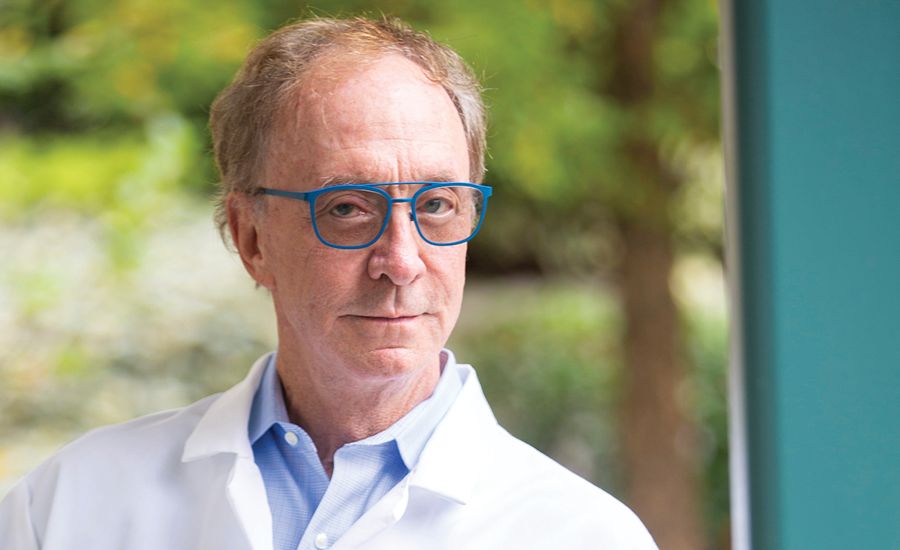
George Painter led the discovery of molnupiravir at Emory
George Painter led the discovery of molnupiravir at Emory
Emory has become a drug-development nexus because of a rare confluence of institutions and expertise. The presence of the Emory Healthcare system, Centers for Disease Control and Prevention, Yerkes National Primate Research Center, and research partners such as Georgia Tech, Georgia State University, University of Georgia, and Morehouse School of Medicine have created a hothouse of drug innovation and attracted a growing number of renowned scientists to the university.
“We have a very broad-based faculty with interest in immunology, vaccinology, and drug discovery and development,” says Schinazi, a medical chemist who has helped generate some of Emory’s biggest drug breakthroughs.
The university counts more than 2,500 scientific researchers who received almost $900 million in funding from the U.S. government, private foundations, and other sources in the past fiscal year. They carry out their discovery in a matrix of schools, centers, institutes, and laboratories across campus and beyond. Some of the entities specifically target drug creation, such as the Emory Institute for Drug Development (EIDD), Emory Vaccine Center, Alzheimer’s Center for the Discovery of New Medicines, and DRIVE (Drug Innovation Ventures at Emory), the university’s own nonprofit biotech company, which first licensed the discovery that became molnupiravir.
“Emory’s innovative model has accelerated the discovery of life-saving drugs,” says President Gregory L. Fenves. “It’s an interdisciplinary approach that begins with asking what scientific advances are required to address urgent needs, then turning discoveries into safe and effective therapeutics and vaccines that have the power to save lives and improve the health of communities.”
Not that many years ago, hardly any of it existed.

It takes guts

When David S. Stephens, vice president for research in the Woodruff Health Sciences Center, was considering his career options in the early 1980s, he interviewed at Emory. His colleagues at Vanderbilt University advised him not to go there.
“Emory at the time was not known as a place of innovation or discovery,” he remembers. “We were known for clinical medicine, education, teaching. But we were not known for translational research. I think we’ve changed that paradigm.”
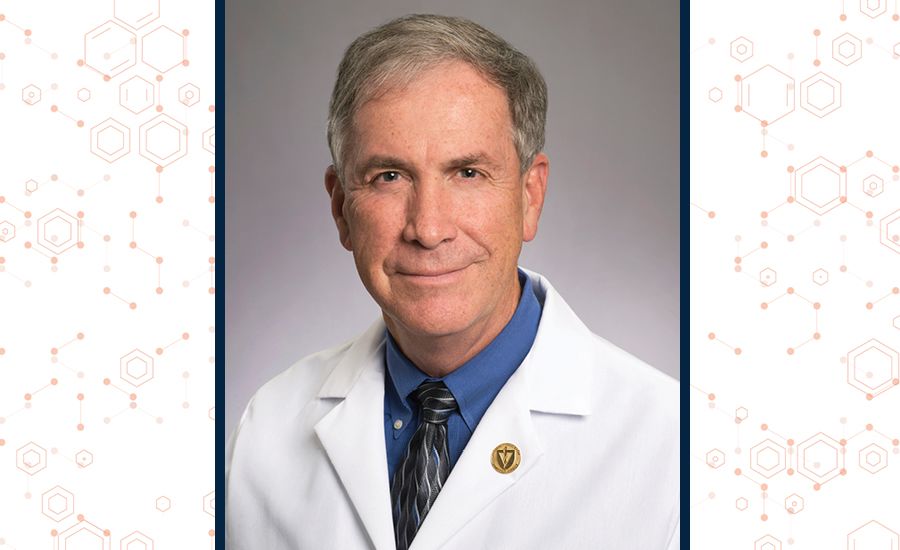
David Stephens, vice president for research at Woodruff Health Sciences Center
David Stephens, vice president for research at Woodruff Health Sciences Center
One of the early landmarks in that transformation, he believes, was the 1979 gift of $105 million from Coca-Cola magnate Robert W. Woodruff and his brother George W. Woodruff. That commitment continues. A 2018 pledge of $400 million from the Woodruff Foundation is helping to create a new home for drug discovery in the Health Sciences Research Building II, an eight-story tower scheduled to open in 2022.
Emory was first recognized for drug development in the early 1990s when Liotta, a chemistry professor, resolved to focus on the HIV/AIDS epidemic. “I made it my personal goal to create a safe and effective AIDS drug. It is so gratifying that it became part of a series of combination therapies that transformed AIDS from a death sentence to a manageable chronic disease,” he says.
Liotta partnered with Emory researchers Schinazi and Choi, and they patented an HIV drug in early 1990, just seven days ahead of their competition. It took a decade of laboratory refinement, testing, and patent prosecution and litigation before the compound could reach the market. “[The university] ended up spending over $20 million in legal fees,” Liotta says. “It took guts.”
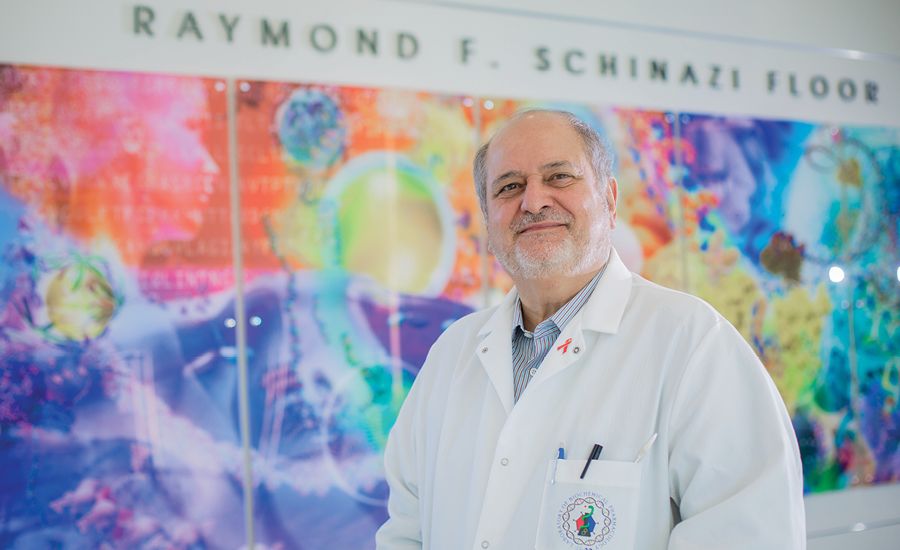
Scientist and inventor Raymond Schinazi
Scientist and inventor Raymond Schinazi
The resulting medication, Epivir, became the first Emory-developed drug to win FDA approval in 2001. Emtriva, a second drug created by the same team, followed two years later. More than 90 percent of HIV patients in the United States have taken or are taking the drugs, as they became part of a once-a-day pill regimen that prevents the withering disease. Epivir is also widely used for the treatment of HBV, an infection affecting more than 400 million people that often leads to hepatocellular (liver) cancer. Schinazi also discovered telbivudine, a drug highly effective and specific for HBV infections.
The collaboration that the three scientists demonstrated is a staple of the Emory program. When the overriding goal is the health of patients, every source of insight and expertise is welcome. Jonathan Lewin, Emory’s executive vice president for health affairs and CEO of Emory Healthcare, believes the culture of collaboration across schools and disciplines is one of the university’s strengths. “The fact that our scientists work together—people across medicinal chemistry, the school of medicine, and our other schools—has enabled us to tackle some of the most challenging diseases around,” he notes.
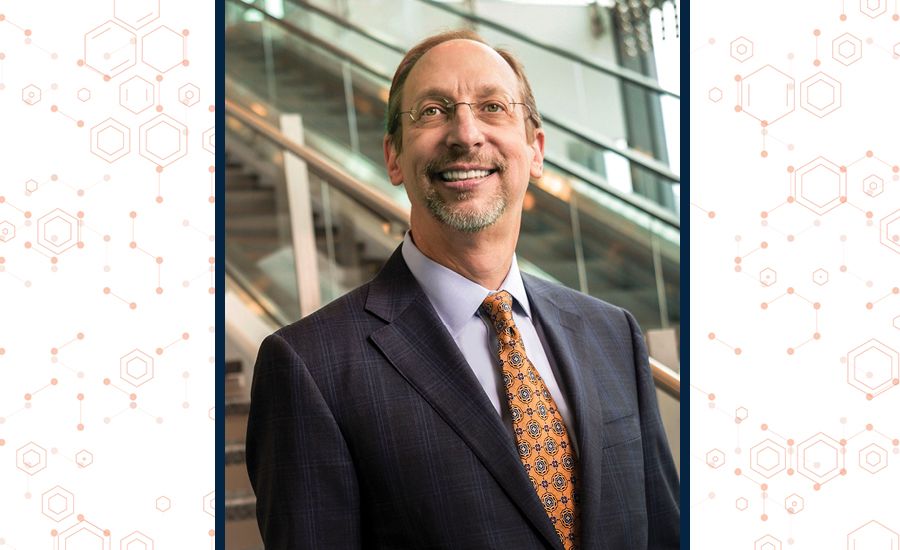
Emory’s executive vice president for health affairs and CEO of Emory Healthcare, Jonathan Lewin
Emory’s executive vice president for health affairs and CEO of Emory Healthcare, Jonathan Lewin
The success of the HIV medications helped secure the future of drug development at Emory. In one of the largest intellectual property deals ever struck by a university, Emory in 2005 sold rights to future Emtriva royalties for $525 million. It reinvested most of the proceeds into research, in accordance with federal law, while Liotta gave millions from his lab’s share of earnings from the sale to create EIDD and DRIVE. The two entities work hand-in-glove—EIDD concentrating on science, DRIVE focusing on antivirals that address critical treatment gaps—and were instrumental in the discovery of molnupiravir.
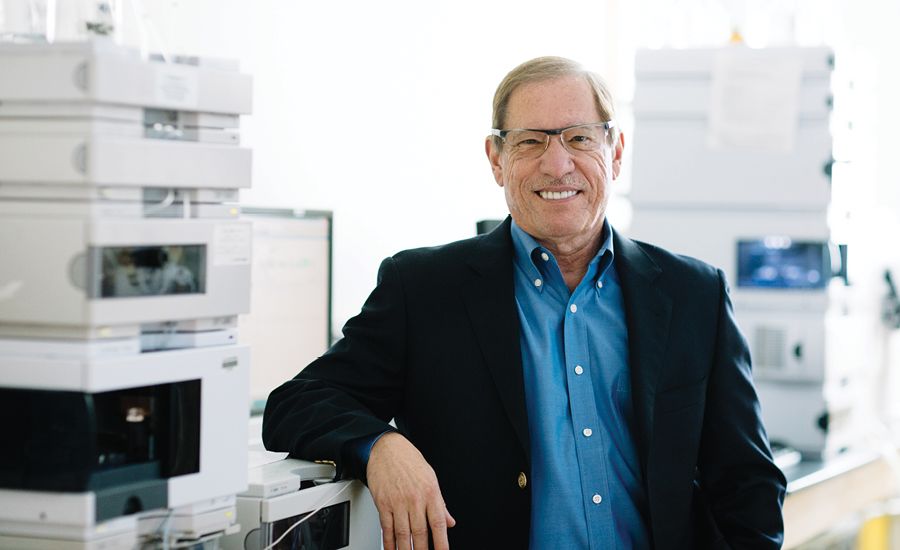
Scientist and inventor Dennis Liotta
Scientist and inventor Dennis Liotta
Painter, DRIVE’s CEO, started working on what would become molnupiravir in 2013 after the Defense Threat Reduction Agency put out a call to develop countermeasures against equine encephalitis, a tropical infection that it feared could be used as a bioterrorism weapon. He learned that the drug could suppress a wide variety of viruses, especially coronaviruses, by stunting their ability to reproduce.
The promise of an oral medication against COVID-19 drew global attention. Painter found the glare distracting. “I have spent my career as a drug developer, nose down, getting things done,” he says.
When he heard the trial results from Merck confirming that molnupiravir could help treat COVID-19 patients at high risk for severe disease, he admits that his scientific detachment melted. He started weeping.
And then he got back to work. “Our continuing mission is to search for other antiviral agents that are usable by the general public to address other tough diseases,” Painter says. “So we are on it. That’s our job.”

Skirting the many roads to failure

As medications go, molnupiravir’s development— propelled by the pandemic—was rapid. It took only eight years from the time Painter started developing the drug to when the FDA issued emergency authorization. Most drugs are tortoises, taking an average of 10 years or longer to reach the public. The vast majority don’t finish the race.
“Most drug discoveries never go to market,” says Deborah Watkins Bruner, Emory’s senior vice president of research. “It’s only a very small percentage that make it through that entire pipeline, from animal trials to human trials to licensing to FDA approval to commercialization.”
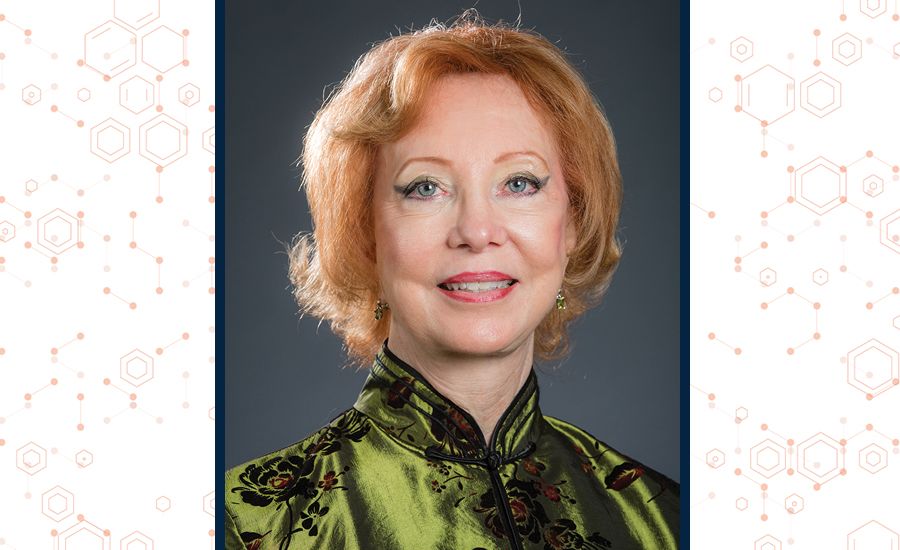
Emory’s senior vice president of research, Deborah Bruner
Emory’s senior vice president of research, Deborah Bruner
Pete Lollar, an Emory hematologist, recalls seeing a cartoon that illustrated the long odds; thousands of pills were pouring into the open end of a huge funnel, while one measly survivor made it out of the bottom. The image resonated with him because he lived through the process with a drug he invented to treat acquired hemophilia A, a rare condition that usually strikes older people.
Lollar started investigating Factor VIII, a protein that helps blood clot, four decades ago. In 1992, he and his lab partners at Emory discovered a way to synthesize the substance to treat hemophilia patients. After failing to find a pharmaceutical company to license the technology, Lollar co-founded a company with the university to license the technology and develop a medication.
Twenty years later, after several pharmaceutical firms had licensed or sublicensed the technology, the drug had still not won federal approval. It was in the wilderness between research and commercialization, what people in drug development call “the valley of death.” Lollar blames economics. The market for the medication was relatively small—in pharmaceutical parlance, it was an “orphan drug”—so none of the successive companies felt an urgent need to spend the money to finish testing. Lollar kept at it. Finally, in 2014—22 years after Lollar disclosed his invention to Emory—Baxter International won FDA approval for his hemophilia drug, obizur.
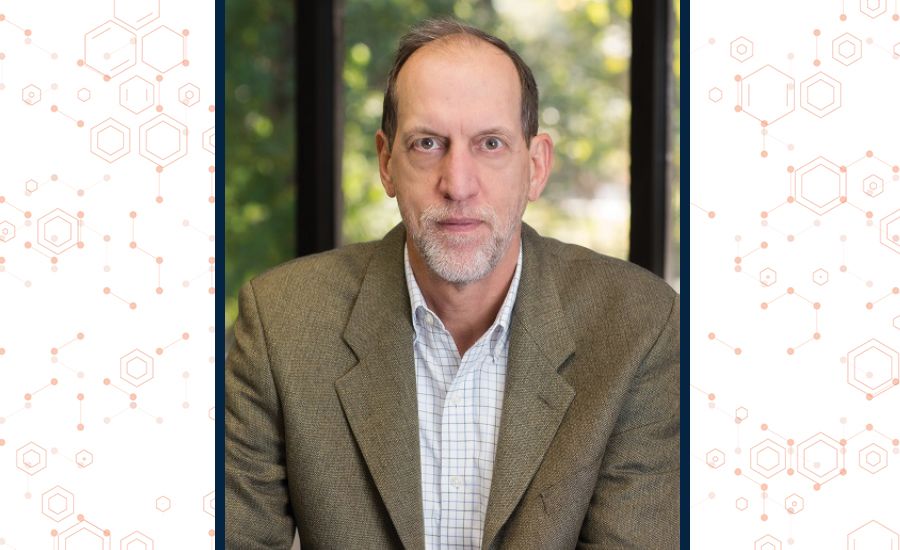
Emory hematologist Pete Lollar, who discovered a drug for acquired hemophilia A
Emory hematologist Pete Lollar, who discovered a drug for acquired hemophilia A
“What I learned,” Lollar says, “is that getting a drug to market is an idiosyncratic process. There are no easy formulas and there are many routes to failure. Once you disclose an invention, the university has to like it well enough to spend money to prosecute the patents. And then it has to try to find a company to license it. The company has to be willing to spend the money to perform preclinical work and do clinical trials. The longer it goes, the more expensive it gets.”
Even when a drug is approved, the struggle isn’t over.
Christian P. Larsen, professor of surgery in Emory’s Department of Transplantation, co-developed a drug called belatacept that reduces the chance of kidney transplant rejection. After 19 years of development, Bristol Meyers Squibb secured FDA approval for the medication in 2011, and Larsen and his co-discoverer, Thomas C. Pearson, executive director of the Emory Transplant Center, marked the triumph by performing the first kidney transplant using the drug.
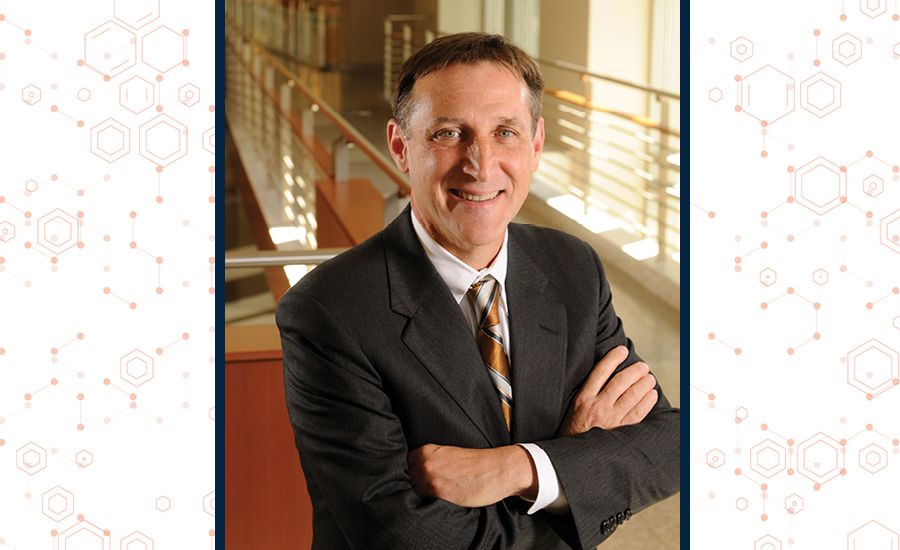
“That was a big revelation for me. It’s never over. You have to do follow-up studies, keep investigating the best way to use it, find the most effective companion drugs. If you take the long view of solving problems for patients, drug discovery is an ongoing process.”
—Christian P. Larsen
But that was just the beginning.
“We tell the story of belatacept like it was linear,” Larsen says, “but it wasn’t. There were so many fits and starts, peaks and valleys, other candidates that we decided not to pursue. And then when you get the drug approved, there really isn’t a moment when you get to declare victory.”
He continues. “That was a big revelation for me. It’s never over. You have to do follow-up studies, keep investigating the best way to use it, find the most effective companion drugs. If you take the long view of solving problems for patients, drug discovery is an ongoing process.”

A new generation of ‘academic entrepreneurs’

One of the biggest changes in drug development has been the role of private industry. Research universities used to think their work had ended after scientific discovery; it was the job of pharmaceutical companies, not academia, to develop innovations into medications. Now institutions such as Emory embrace partnerships with biotech and pharmaceutical companies.
“Ultimately, a lot of the ideas we’ve had only move forward if someone in the for-profit sector wants to move them forward,” says Vikas P. Sukhatme, dean of the Emory School of Medicine. “Most drugs are developed by industry. And most devices are developed by industry. So, we do have to keep an eye on how we can best commercialize things.”

Emory School of Medicine dean, Vikas Sukhatme
Emory School of Medicine dean, Vikas Sukhatme
Louise Hecker left the University of Arizona to join Emory as an associate professor of medicine in the pulmonary division in 2020 in part because she believed Emory understood the role of private enterprise.
“They brought me here to be an academic entrepreneur,” she says. “To translate any science into something that helps people, you have to think about the product- development side. I felt like this was a place where that mindset is valued. Even the dean has a company. You don’t see that everywhere.”
Hecker studies regenerative biology and the body’s declining ability to repair itself in response to injury as it ages. In a major discovery, she identified NOX4, an oxidant-generating enzyme that can go into overdrive, resulting in oxidative stress and ultimately fatal organ damage (caused by scar tissue) after traumas like a heart attack. She set her sights on finding a compound that would curb NOX4 and halt and/or reverse progressive damage, allowing organs to heal more effectively.
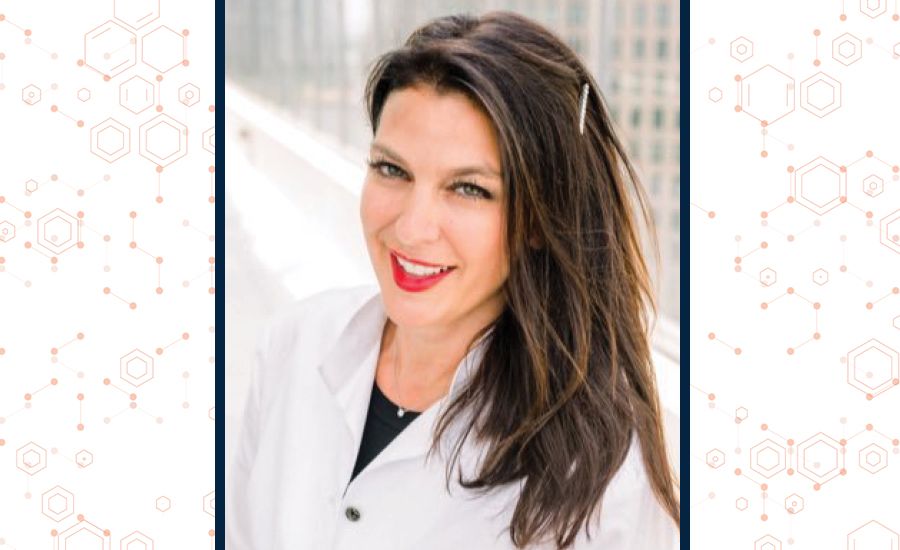
“It’s a key part of being successful. I always try to fail as quickly as I can, because you’re not going to find out what works until you find out what doesn’t work. Each failure brings you a step closer to success.”
—Louise Hecker, scientist and inventor
She and her lab screened 35,000 compounds to find candidates that looked likely to control NOX4. It was a long, difficult search that took years and was often filled with disappointment. “Things fail all the time,” she explains. “It’s a key part of being successful. I always try to fail as quickly as I can, because you’re not going to find out what works until you find out what doesn’t work. Each failure brings you a step closer to success.”
Now that she is ramping up her lab at Emory, she has and will continue to file invention disclosures in the coming years as new applications for her research are discovered. In continuing her work on a new campus, Hecker is inspired by pioneer Emory drug hunters such as Dennis Liotta, whom she asked to be on her academic advisory board.
“To have people like Dennis around is fantastic,” Hecker says. “I mean, he’s done it.” When it comes to drug discovery, history seems to be repeating itself at Emory.
Story by Jim Auchmutey
Designed by Linda Dobson


Want to know more? Please visit
Emory News Center
Emory University
Woodruff Health Science Center

